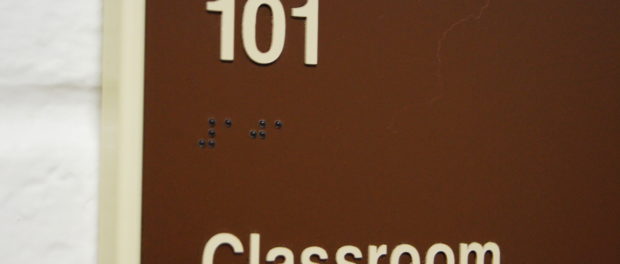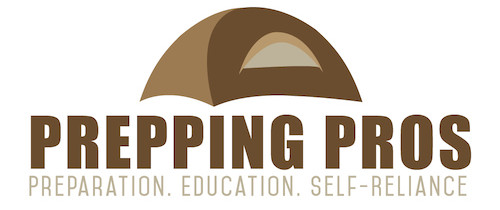Prepping 101: The Rule of Three

With National Preparedness Month taking center stage on social media, we’ve had a lot of new people visiting PreppingPros.com. Some have reached out to us and asked, “Can you please go over some of the basics on prepping? I want to get started, but don’t have a huge budget… I’m a little overwhelmed.” That’s what we’ll go over right now. Welcome to a continuation of our Prepping 101 Series.
Prepping 101: The Rule of 3
Whenever you’re getting ready for anything, you have to think about your priorities. The most important aspects have to get covered first. After you take care of the essential elements, you can begin working on lower priority items. For example, a lot of gun owners have been drawn to survival prepping. They’ll start spending a lot of money on a huge gun safe, more firearms and a large cache of ammunition… But then they’ll forget about how they’re going to drink clean water.
One of the basic tenants of Prepping 101 is to remember The Rule of 3:
- Humans can survive 3 minutes without oxygen.
- Humans can survive 3 days without water.
- Humans can survive 3 weeks without food.
First on the priority list is oxygen, followed by water, then food.
Oxygen – Clean Breathing
We don’t recommend that you purchase oxygen tanks. Those are too bulky, and they run out after a few hours. Instead, focus on how you’re going to breathe as easy as possible in a disaster situation.
We highly recommend that you purchase more than enough N-95 masks for everyone in your family. These are absolutely essential for a disaster such as an earthquake, fire, or any other situation where there is a lot of debris in the air. An N-95 mask will help keep you breathing well, and keep filthy chemicals from entering your lungs.
Clean Drinking Water
You can live for 3 days without water, but you don’t want to come near that amount of time.
In order to survive for at least 72 hours after any disaster, you’re going to need to have a water supply. We recommend that you begin stockpiling water by purchasing the $1 gallons of water you can obtain at your local grocery store. Be sure to save up a minimum of 1 gallon per water, per person, per day that you’re going to be on your own for. Make your initial target for 3 days, or 72 hours.
The next thing you want to do is to have some sort of water filtration device. You’ll want something large enough to clean a lot of water at a time, so getting a water filter like the Alexapure Pro is a great buy. We also love the survival straw offered by a number of different companies. We use the LifeStraw, and have one in each of our bug out bags and disaster preparedness kits.
Survival Food
If you’re trying to get through a few days without access to grocery stores, you can survive just fine on a few canned goods, a bag of rice and beans and some water… But if you’re looking for long-term survival of a week, month, or longer, you’re going to need a long-term food supply.
We utilize the food kits provided by 4Patriots. I highly recommend that you start by purchasing a smaller sized kit; begin by buying one week at a time, then as your budget grows, you can buy larger packages.
The reason we recommend taking a measured approach by purchasing a small bit at a time is so that you don’t break the bank right away. One of the major aspects of Prepping 101 is to make sure that you maintain a hold of your budget and not blow all of your money in one fell swoop.
Prepping 101: Move Quickly But Don’t Rush
Thanks to the late Coach John Wooden for reminding us to be “quick, but don’t rush.”
Take your time with your budget. You have to make sure that you take care of the here-and-now before you go spending too much on your disaster prepping. The last thing you want to do is have to dip into your survival supplies to get through a month because you blew your grocery budget on too much ammunition…
Move quickly to take care of the essentials. A pack of N-95 masks costs less than $20. Start there. Pick up an extra gallon of water at the grocery store for a $1. Get a few if you can spare the money. Then, work your way up to the more expensive items on your list.
There’s your introduction to Prepping 101. Get started, move quickly, and watch that budget! If you have any questions, please leave them here as a comment on the blog or reach out to us on Twitter @PreppingPros.

Leave a comment